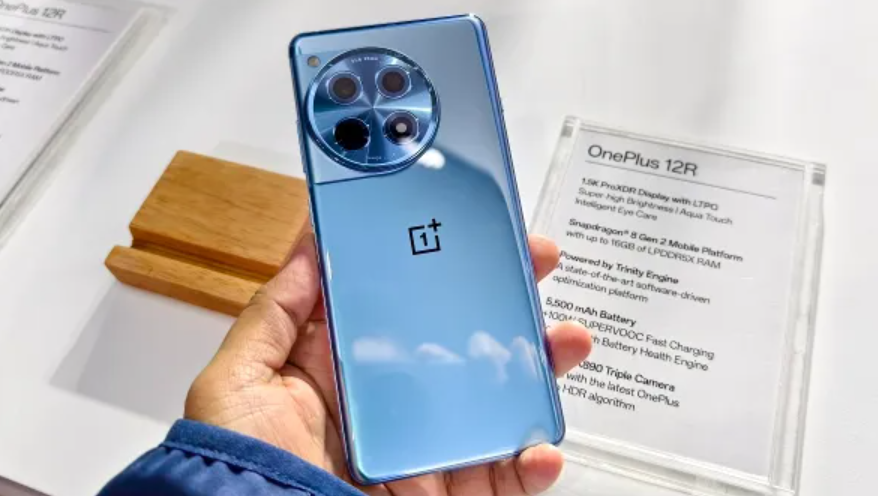Google has released the final assembly of Android 11. Updates are already available not only for the Pixel
First announced in February this year, the Android 11 platform has finally launched. As expected, it is available for download in versions for the Google Pixel 2, 3, 3A, 4, and 4A. OnePlus has confirmed that the OnePlus 8 and 8 Pro will start receiving Android 11 based firmware from today in the US, Europe, and India. The OS is also available for some Xiaomi, Oppo, and Realme models. In the coming months, other manufacturers will start rolling out new devices with Android 11 and updating the firmware on older ones.





